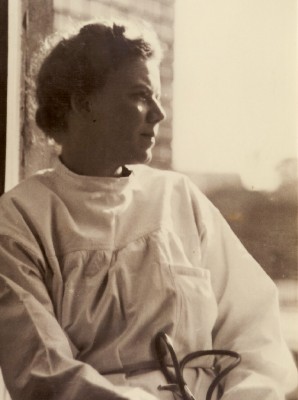The underused power of distinctiveness
The Choice Factory author Richard Shotton uses behavioural science to prove the untapped power of doing something different.
You slowly shuffle towards the station ticket gate, a part of the throng of passengers dressed in greys, blues and blacks. As you finally reach the turnstile your eyes are drawn towards one of the staff on duty. The man, probably in his 50s, looks like an old punk: head shaved to the scalp apart from a two-foot-tall bright blue mohawk. You wonder idly what would happen if you turned up to work with a mohawk?
Of course, you noticed the mohawk, rather than one of the hundreds of short back and sides. You’re hard-wired to notice what’s distinctive. The academic evidence for this dates back to 1933 and the experiments of a young, postdoctoral student, Hedwig von Restorff.



I suspect another reason for the rarity of distinctive advertising is the fact that something which succeeds because its distinct will immediately be copied.
Its like Music festivals, they start out as cool, counter cultural events attended almost exclusively as being attended by passionate fans who actually like the music. Within two years it will be just another bogan fest once the word gets out. The same thing happens with any successful new ad. Come to think of it the same thing happens with every restaurant, bar, clothing brand, tv show etc….got to keep on moving before something becomes basic bro territory.
Agree – Easiest place to start being different: Instagram. If you look at the pages of ANY competing brand sets, they all have exactly the same page.
There’s a lot of risk aversion, particularly on such social platforms where mockery comes fast. So many advertisers request case studies from their agency before diving in and then ape that approach, potentially for years as the “this is how to do this particular thing, unless we see another case study. Then we’ll do that thing.”
Definitely agree with this.
Distinction often requires bravery. Which can make it hard as well!
I like the way you write and think; it is quite… …distinctive.